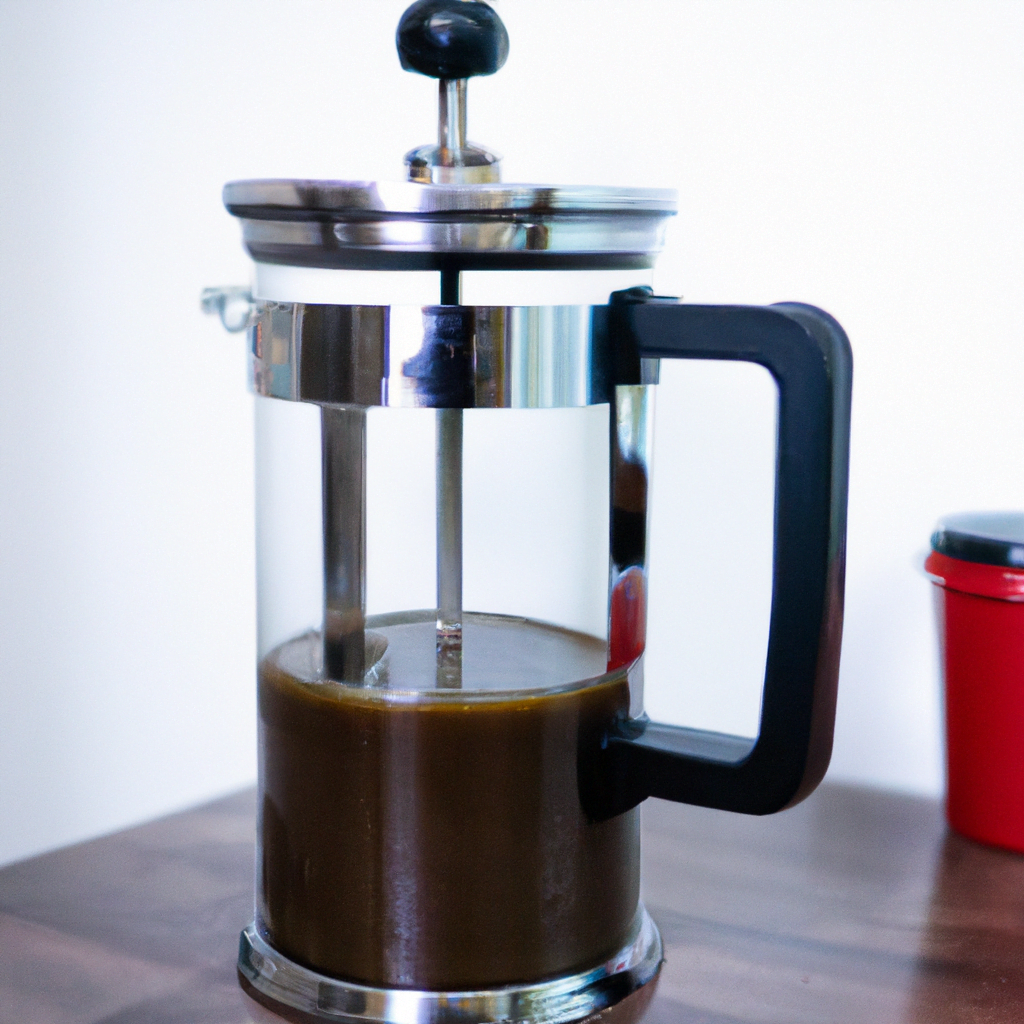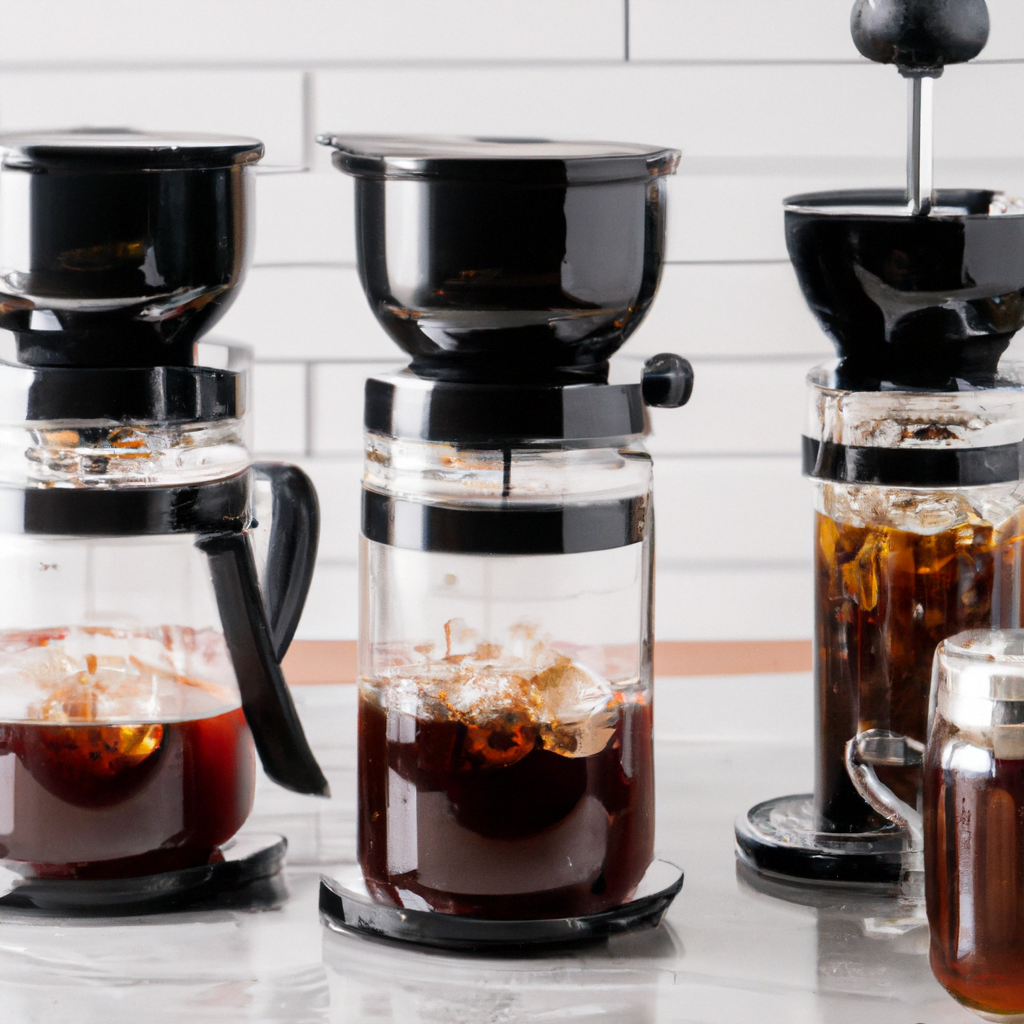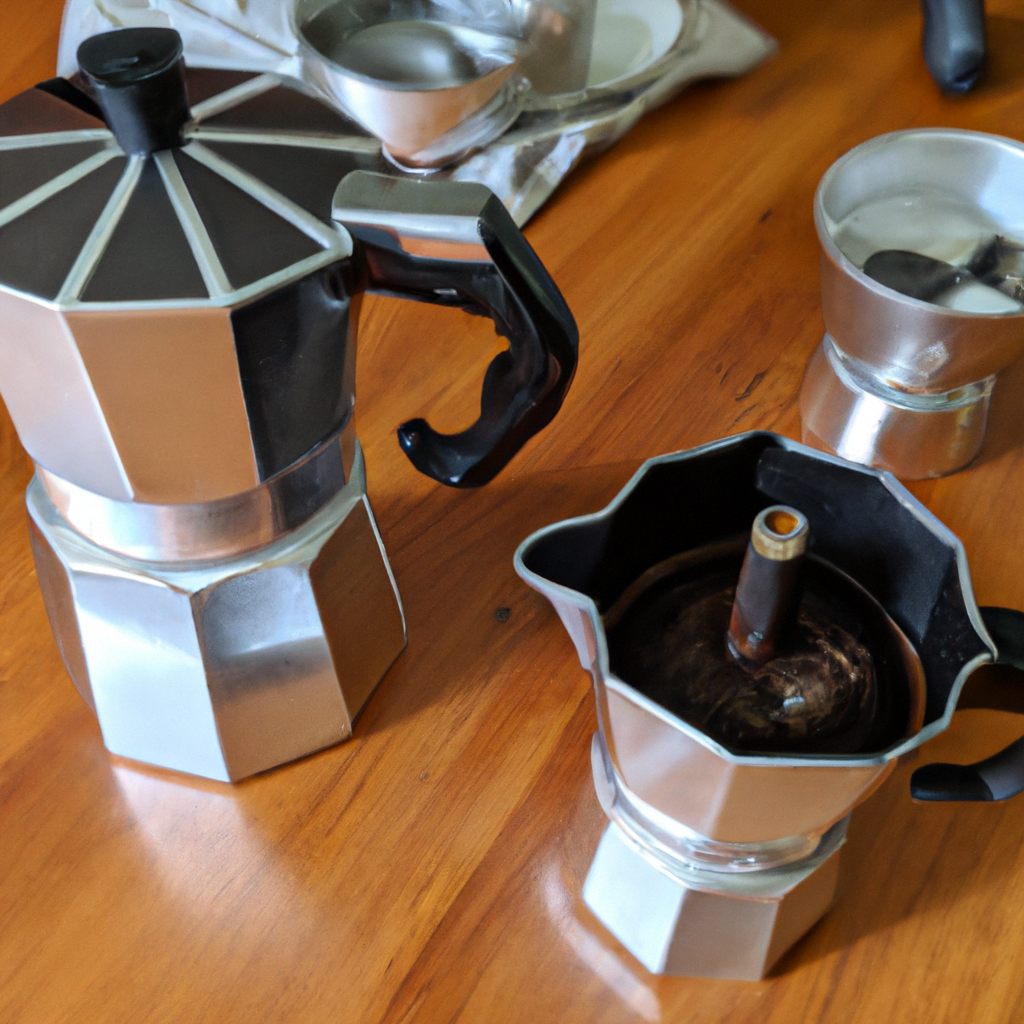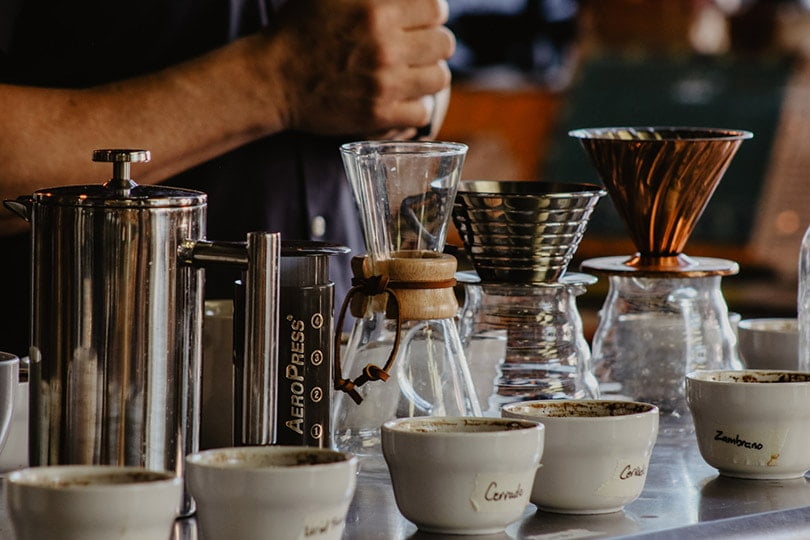With the need to reduce our carbon footprint on the planet being more important than ever, it steeps sense that we are always searching for ways to be more eco-friendly. Whether it’s using less energy, recycling more, or even avoiding plastics, we each needs to do our part. Where do coffee lovers step in and help the environment? We do it by incorporating eco-friendly coffee preparing methods into our on a per day basis lives.
While our automatic drip may not be the worst coffee preparation technique when it comes to the environment, there are others out there more sustainable. If you’re ready to do away with the K-cups and the effect that they and other brewing methods have on the environment, these 7 eco-friendly coffee brewing methods can reduce waste around your home and allow you to do more to help the environment we all share.
The 7 Many Eco-Friendly Coffee brewing Methods:
1. Cafetière

People who enjoy a French press discover it’s bold and full of flavor. Luckily, for those concerned about being eco-friendly, this brewing method is a perfect way to start. When producing Press pot coffee you only need a few items: your press, a coffee mill, and a bit of hot water. For those who grind their beans manually, the only genuine matter with this recipe is using the stove to boil the water. While this may beverage a little of electricity, the lack of waste thanks to not needing a filter assists to cancel it out. In only a few minutes, you’ll be guzzling a delicious caffeinated beverage that far exceeds what you could make with a single cup or automatic drip maker.
Pros
- Little to no waste involved
- Makes a flavorful caffeinated beverage
- Beans can be bought pre-ground
Cons
- Water must be heated to a boil on the stove
2. Cold Brew

While cold brew may not be for everyone, those who love cool, refreshing coffee can take part in this method and be more eco-friendly. When producing a cold brew, coffee grounds are steeped in cold water for 12-14 hours which really assists to bring out the coffee aromas as well. Yes, this technique needs to be started the next day, but you’ll find yourself happy with the lack of resources it requires. You can even buy cold brew makers to make your life easier.
Pros
- Requires few resources
- It is made the night before so no morning wait
- Brings out coffee tastes
Cons
- The finished product needs to be filtered (a reusable filter can be used)
3. AeroPress
For fans of strong coffee, the AeroPress is for you. Similar to the Keurig, this procedure of brewing coffee provides one cup at a time. Unlike those other single-cup versions, nevertheless, the AeroPress is far less wasteful due to it not requiring K-cups. With this brewing technique, all you need is boiling water, the coffee grounds of your option, and a cup. In no time, you’ll be enjoying a great caffeinated drink and sensation perfect about your effect on the environment.
Pros
- Brews quickly
- Can brew a number of forms of coffee
- It is small and portable
Cons
- Only makes 1 – 2 cups at a time
4. Pour Over

The pour-over is a excellent recipe of brewing coffee to stay eco-friendly. By utilizing a dripper, filter, and a kettle you can be on your way to great coffee with little waste. Yes, we discussed a filter, however don’t stress. When making a pour-over, paper filters aren’t a necessity. You can purchase a reusable filter and avoid the adverse waste of disposable filters.
Pros
- You control the brewing of your coffee
- Numerous brewing methods
Cons
- Precision is required to make a good cup of coffee
5. Stovetop Espresso coffee Makers

Stovetop espresso coffee makers have been around for rather a while. One of the first, and a lot of popular, methods of creating coffee was using the percolator. No filters were needed, and your coffee was brewed on the stovetop in a short amount of time. Nowadays, there are other popular stove brewing methods including the return of the percolator and the Moka pot.
Pros
- Less waste
- Most methods make more than one coffee cup at a time
Cons
- Coffee flavor is hit or miss
6. Chemex

The Chemex is a beauty to have on your kitchen counter. Not only is it excellent to look at, however it makes fantastic coffee and is mostly eco-friendly coffee maker. The smooth coffee you’ll enjoy is less bitter. While it may lack a little of body, you’ll love the reality that you’re not being wasteful each morning when enjoying your coffee.
Pros
- Less bitter coffee
- Looks ideal on display
Cons
- Can be difficult to master
7. Automatic Drip

No one can talk about brewing methods without mentioning the automatic drip. This brewing procedure has brought simplicity to everyone’s life. While it may not make the best coffee in the world, it is far less damaging to the environment than the utilize of K-cups. You can make things even better by utilizing recycled filters or by purchasing a reusable one.
Pros
- Saves time
- Steeps an entire pot of coffee
- Can work with eco-friendly filters
Cons
- Coffee is standard and less flavorful than other methods
Choosing a Better Filter
As you may have noticed, a number of of the brewing methods pointed out above require filters when used. For those who truly want to be eco-friendly and do their part, you can avoid tossing used filters into the garbage can each time you want a good cup of coffee by choosing to buy a reusable filter.
The most popular reusable filter is steel. This sort of filter can be cleaned after each use and can be quite durable if you choose a trusted brand. You may likewise find hemp and cotton filters available that will work with the brewing method you choose to utilize for your coffee each morning.
Conclusion
Brewing coffee and being eco-friendly can easily go hand in hand. While you may enjoy the simplicity of popping a plastic K-cup into your Keurig to get your day going, those easy pods can do damage to the planet we all share. Keep this in mind the next time you find yourself purchasing a pack of them for your machine. Choosing one of these 7 eco-friendly brewing methods, including an eco-friendly coffee machine, can help you and your household do your part for the world around you.
You must be logged in to post a comment.